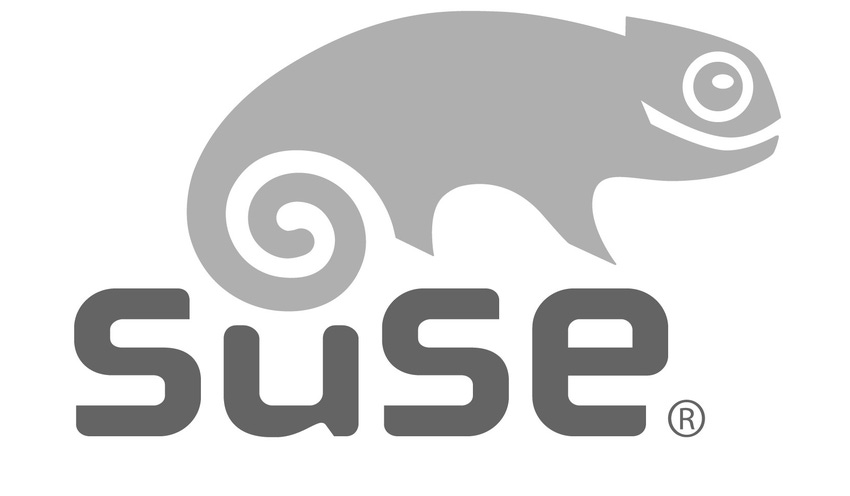On July 8, SUSE unveiled Service Pack 3 (SP3) of SUSE Linux Enterprise Server 11. The release adds a slew of new features to the open source OS, but are they enough to give it an edge in the enterprise-server software market? Here's what SUSE executives had to say in response to that question in a recent interview about what sets SLES 11 SP3 apart from other enterprise Linux distributions.

On July 8, SUSE unveiled Service Pack 3 (SP3) of SUSE Linux Enterprise Server 11, adding a slew of new features to the open source OS. But are they enough to give it an edge in the enterprise server software market? Here’s what SUSE executives had to say in response to that question in a recent interview about what sets SLES 11 SP3 apart from other enterprise Linux distributions.
It can be hard to stand out in the open source ecosystem, where vendors often base their end user products on the same freely available upstream software. SUSE doesn’t have access to much code that its competitors—including Red Hat (RHT) and Canonical‘s Ubuntu—don’t also use in their own enterprise Linux distributions.
But in a recent interview about the SP3 release, Marcus Kraft, senior product manager for SUSE Linux Enterprise, pointed to four main areas where the latest version of SLES 11 offers features that no competing platform does. They include:
File storage, where SLES 11 SP3 offers production-ready copy-on-write (CoW) functionality using Btrfs, as well as snapshots through Snapper. SUSE hopes this technology will help win converts from Solaris, which traditionally has been far ahead of Linux when it comes to advanced file system software.
Virtualization, especially via Containers, a lightweight virtual machine technology that can be especially useful for partitioning large bare-metal servers into effective virtual machines. “We are the only enterprise Linux operating system to support Linux containers,” Kraft said.
Enterprise tracing capabilities, which SUSE offers through LTTng.
Support for a more extensive range of hardware platforms than any other enterprise Linux distribution. These include x86 and x86_64 CPUs up through the very latest Intel and AMD chips, as well as IBM’s Titanium, POWER and z/Architecture platforms.
Representatives of SUSE’s competitors might take issue with some of Kraft’s claims about SLES 11 SP3’s uniqueness. But without entering into that debate, the traits he emphasized highlight the feature sets that SUSE executives envision as the most important for giving their OS a competitive edge, and hint at the areas SUSE may focus on in the enterprise server market going forward.
About the Author(s)
You May Also Like


